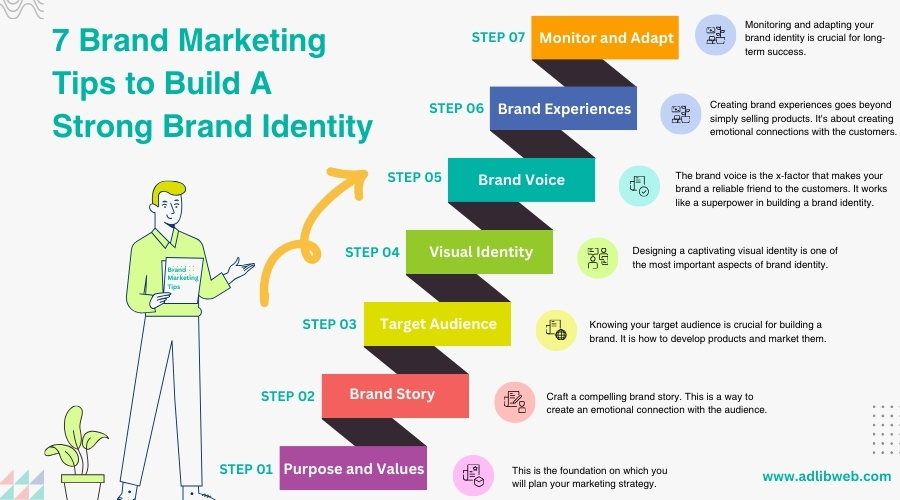Brand Awareness Campaign Options That Turn Heads
February 23, 2024
Innovative Promotional Item Ideas Redefining Brand Identity
January 18, 2024
Best 7 Brand Marketing Tips to Build A Strong Brand Identity
December 18, 2023
How Logo Designing Trends Affect Emerging Brands
December 1, 2023
The Psychology of Color in Branding and UI/UX
November 17, 2023
Global Branding: Adapting Your App for International Audiences
September 19, 2023









